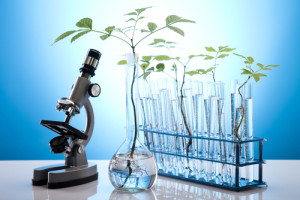Quick Links
 Life Science In 7th grade, the topics covered will be related to Life Science. The course will be a map from the smallest forms of life to the broadest. It will begin with covering the chemistry of life and progress into cells and their processes. From there, genetics will be taught, followed by evolution. The year will end with a unit on ecology and a dissection of a frog. By the end of the year, students will understand:
1. Matter is made up of atoms and molecules provide the basis for understanding matter.
2. Tissues, organs, and organ systems are made of cells and function to serve the needs of all cells. 3. All living organisms are composed of cells which carry on the functions of life. 4. Reproduction is a characteristic of all organisms and hereditary information is passed on in genes through reproduction. 5. Individual organisms with certain traits in particular environments are more likely to survive and reproduce. 6. Natural systems include a variety of organisms that interact in several ways. 7. The flow of energy and the recycling of matter are essential to a stable ecosystem. Class Structure: The main portion of class may include any of the following: discussion, reading, labs, activities, lecture, stations, experiments, etc. There will be a focus on inquiry based learning in which students will discover the concepts through hands on learning. Many units will end with a project or cumulative test with smaller quizzes or other forms assessments throughout. Finally, students will be using interactive notebooks throughout the year. These notebooks will contain teacher provided information along with space for students to reflect, analyze, and record their own learning. |
